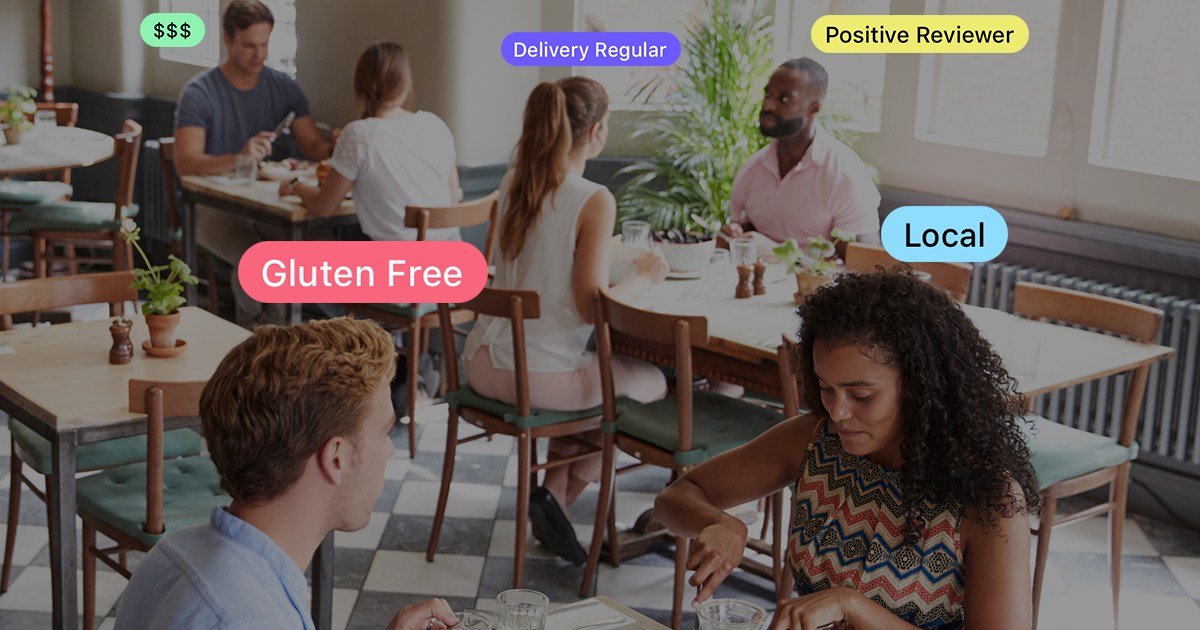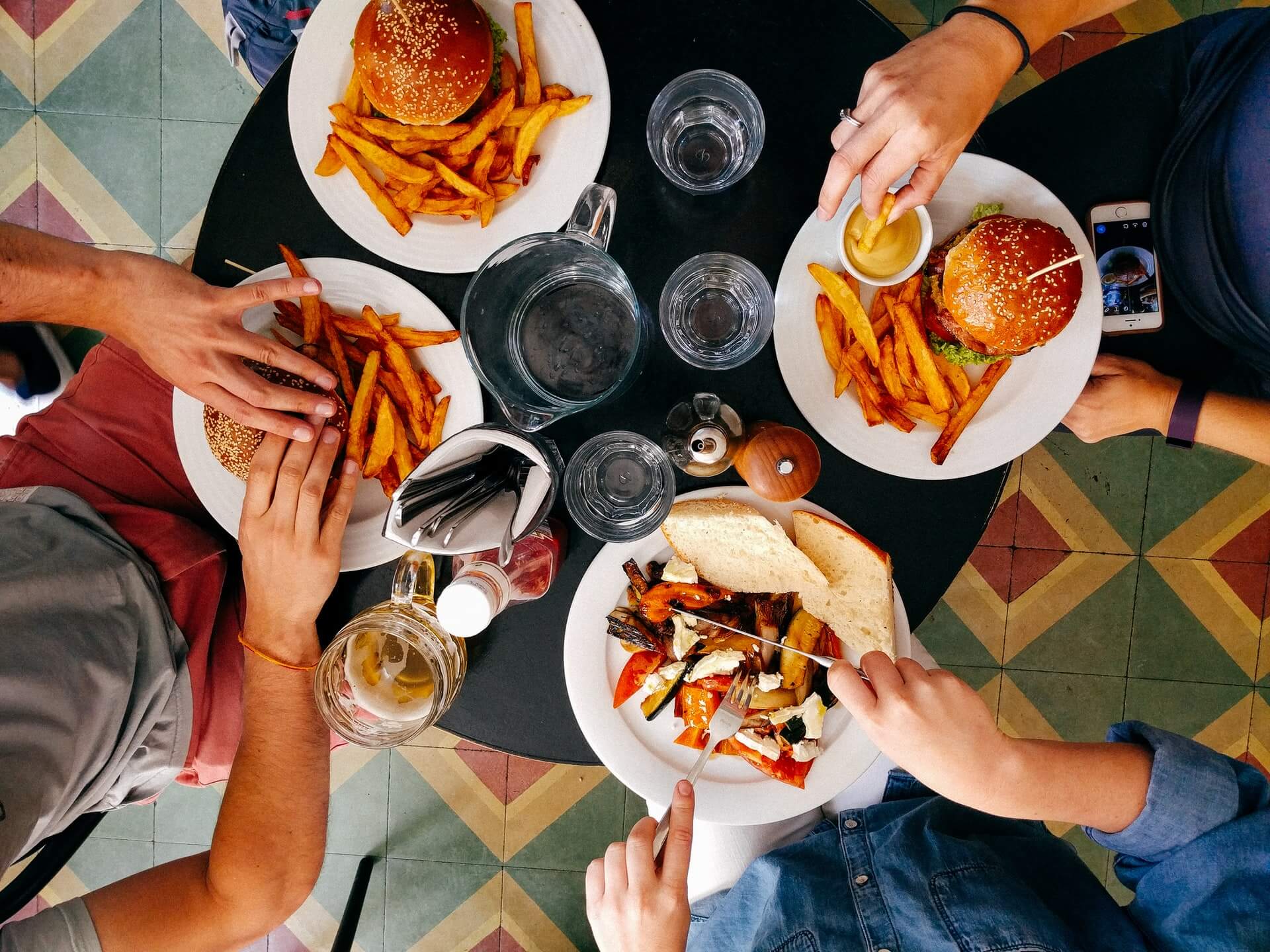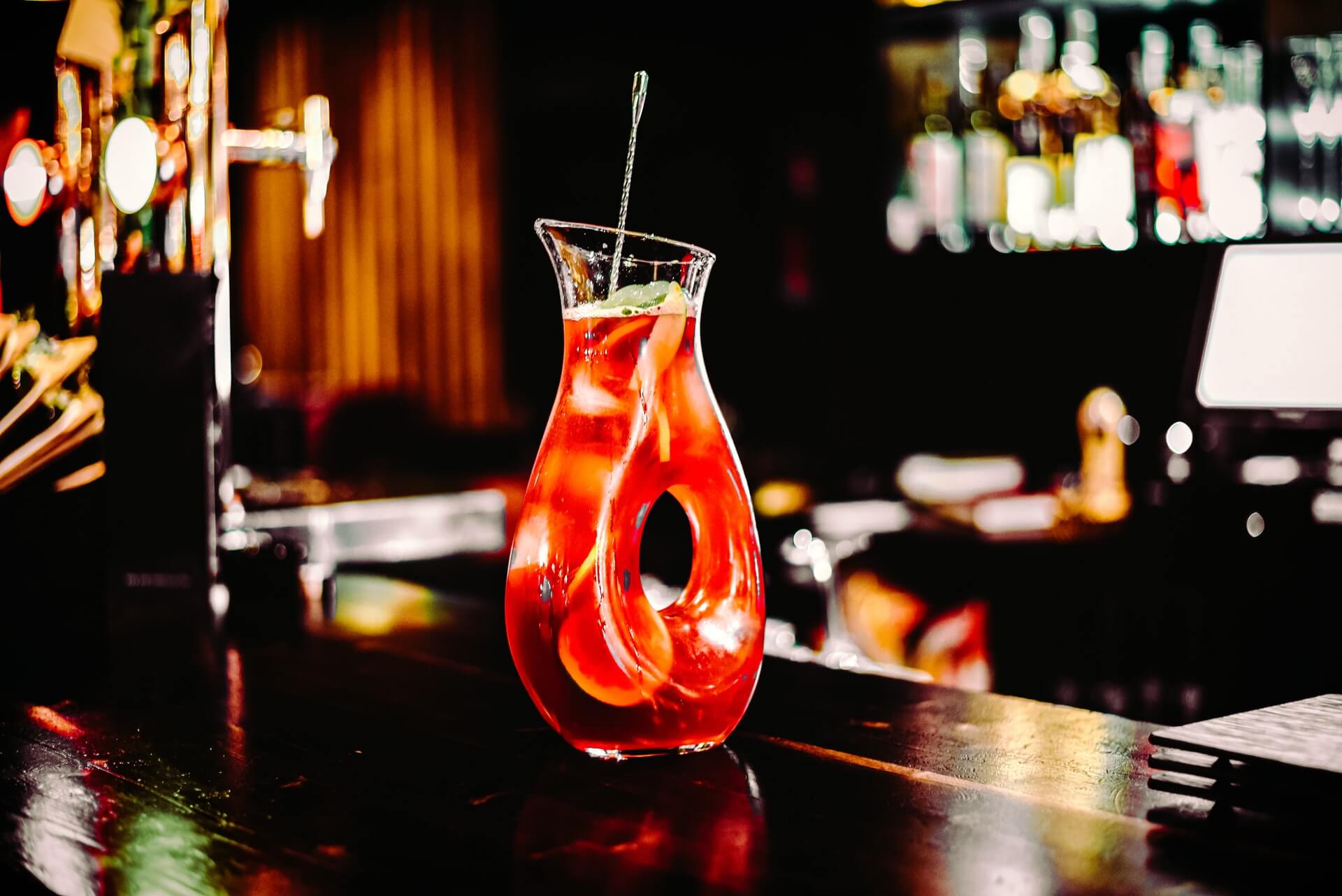Stand Out with Weird Holidays: January ’22
by David Klemt

Want to stand out from from other restaurants and bars in your area? Then commit to keeping it weird.
Several “holidays” are set against every date on the calendar, and January is no exception. These holidays range from mainstream to food-centric to weird.
Pay attention to the latter to raise eyebrows, carve out a niche for your restaurant or bar, and attract more guests. Why do what everyone else is already doing?
Of course, you shouldn’t try to celebrate every holiday, weird or otherwise. And this month’s list in no way includes every odd holiday.
Focus on the days that are authentic to your brand; resonate with your guests; and help you grab attention on social media.
For last month’s list, click here.
January 5: National Bird Day
The Jungle Bird. Grey Goose. Famous Grouse. Redbreast. Eagle Rare. Wild Turkey. Kentucky Owl. Chicken wings. Duck fat. Use this holiday to feature your bird-themed cocktails, spirits, beers, and foods.
January 7: National Tempura Day
When it comes to 2022 trend predictions, comfort food is right at the top of many experts’ lists. And when it comes to comfort foods, battering and frying is always a winner. If you can batter and fry it, put it on your menu and promote it.
January 11: National Milk Day
This is the day to perfect and promote your milk cocktails. The Coquito, Bourbon Milk Punch, the Grasshopper, the Mudslide… National Milk Day is easy and fun to celebrate.
January 14: National Dress Up Your Pet Day
Does your business permit guests to bring their dogs or other pets to tag along when they visit? Encourage them to dress up their pets, and make sure you document the results on your venue’s social media channels.
January 19: National Popcorn Day
Is popcorn weird? No, of course not. Is tricking out your popcorn with seasonings weird? That depends on how creative you and your back of house can be. Think outside the popcorn tub, craft some intriguing popcorn flavors, and get your guests talking on social media.
January 20: National Get to Know Your Customers Day
Yep, I’m gonna encourage your strongly to collect the data of every guest who visits and spends money at your business. This would be a great holiday to launch or heavily promote your loyalty program.
January 24: National Beer Can Appreciation Day
Creative beer can design goes hand in hand with craft beer brewing. A lot of thought goes into beer can design and particularly eye-catching labels deserve more than a passing glance. Feature the most creative and attention-grabbing beers on your menu on National Beer Can Appreciation Day. And yes, you should definitely feature them on your social media channels.
January 29: National Corn Chip Day
Ah, the corn chip, a perfect vessel for hearty dips. They’re also ideal for walking tacos, a.k.a. tacos-in-a-bag. If you have corn chips and taco fixin’s, you can offer your guests walking tacos on National Corn Chip Day.
January 31: National Backward Day
There are several ways you can celebrate this day with your guests and staff. One simple but fun way to do so is to encourage your guests to dine in backwards order: dessert first, entrée, and then appetizer. Of course, you could print a specialty menu backwards but that runs the risk of annoying your guests. But still…interesting idea.
Image: Dan Parlante on Unsplash









